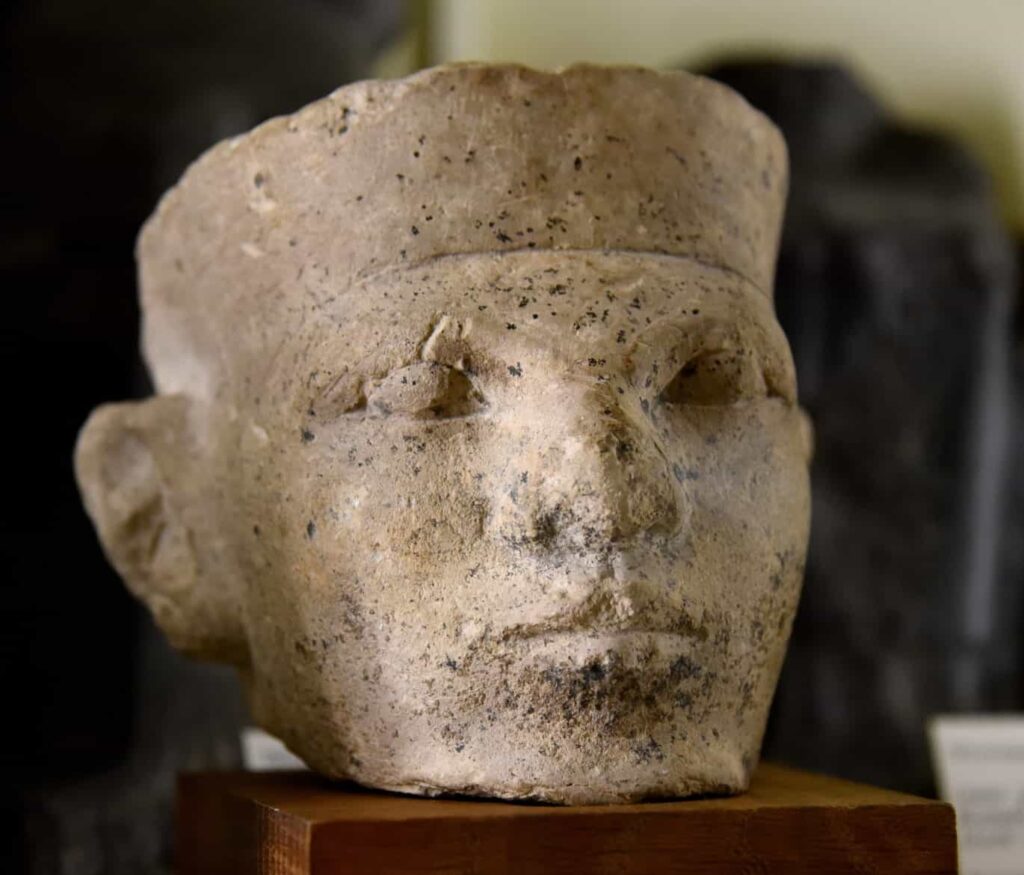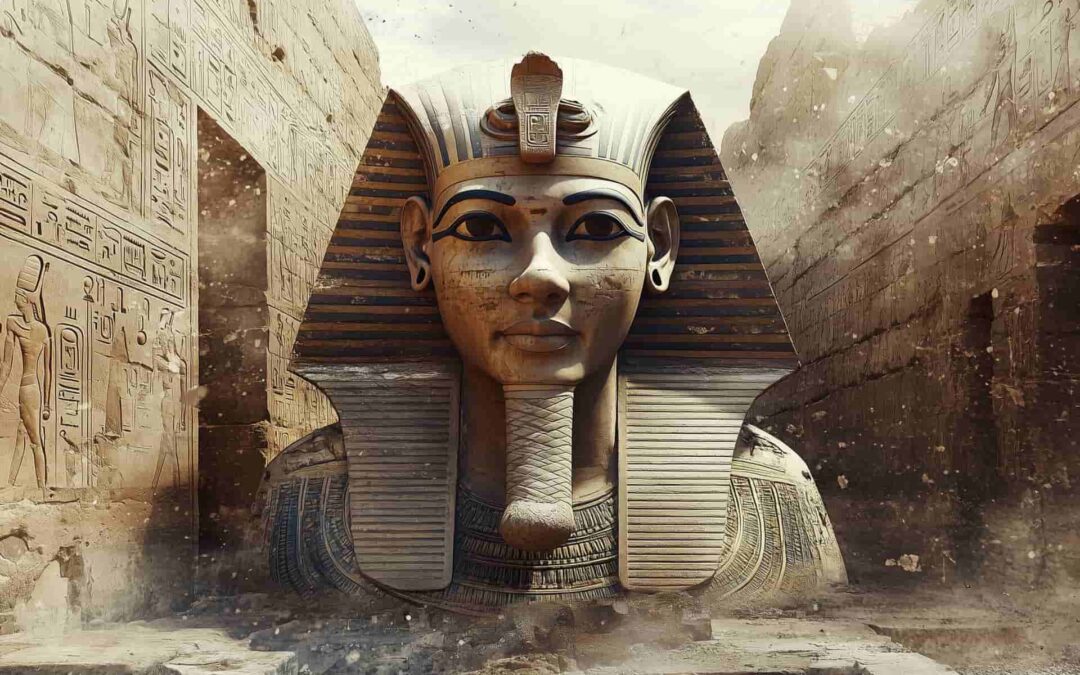At the close of the fourth millennium BC, a powerful leader arose who unified the land of Egypt, laying the foundations of one of history’s most remarkable civilizations.
For over three thousand years, the pharaohs reigned over ancient Egypt, leaving an indelible mark on history and imagination. Among these rulers, Narmer is often hailed as the first true pharaoh for his role in uniting Upper and Lower Egypt around 3100 BC.
Yet, the precise details of his life and identity remain shrouded in mystery. Was Narmer truly the same person as the legendary Menes, whom ancient chroniclers referenced?
Myth, Legend, and History of the First Pharaoh of Egypt
Narmer is credited as the first unifier of Egypt, joining the territories of Upper and Lower Egypt into a singular empire by the end of the fourth millennium BC. The renowned Narmer Palette, a carved schist artifact discovered at Hierakonpolis, stands as crucial evidence of his achievements.
This piece, among the oldest political artifacts ever found, shows the ruler overpowering his foes and celebrating the unification of Egypt, making it a central work in Egyptian history and art.
The mystery surrounding Menes and Narmer adds intrigue to this pivotal era. While some ancient texts and archaeological sources suggest that Menes might simply be another name for Narmer, other Egyptologists argue that they were distinct rulers in the dynastic lineage.
The lack of consensus stems from varied interpretations of artifacts, differences in inscription styles, and the unique funerary practices associated with each name. This ongoing debate highlights the challenges of unraveling the early phases of a civilization as ancient and intricate as Egypt.
The unification of ancient Egypt
Under Narmer’s rule, Egypt transformed from a loose collection of regional city-states into a unified kingdom. His conquest of the Nile Delta, strikingly portrayed on the Narmer Palette, was both a demonstration of military power and a symbolic act.
In this famous relief, Narmer is depicted wearing the white crown of Upper Egypt as he asserts dominance over Lower Egypt’s forces. This representation reflects not only a significant military victory but also the symbolic merging of two distinct regions into one unified nation, giving birth to what would become the Egyptian civilization.
Unification brought substantial political and cultural shifts. Centralized power required advancements in administration and infrastructure, which Narmer addressed by establishing Memphis as Egypt’s capital.
Positioned where Upper and Lower Egypt meet, Memphis served as both a practical administrative hub and a symbolic center of his authority over the newly united kingdom.
Narmer also introduced the position of vizier, a role that would be essential to Egyptian governance. The vizier, serving as the pharaoh’s chief advisor, was responsible for overseeing construction, administering laws, and managing daily governmental affairs.
By delegating administrative responsibilities, Narmer set the groundwork for a centralized yet stable governance structure, laying the path for one of history’s longest-lasting civilizations.
In search of the origin of ancient Egypt
Determining an accurate timeline for Narmer’s reign requires various methods, including archaeological evidence and radiocarbon dating. Traditional historical sources, like the Abydos King List and Manetho’s writings, estimate Narmer’s rule around 3100 BC.
However, radiocarbon dating offers a broader timeframe, ranging from approximately 3273 to 2987 BC, reflecting challenges in calibrating atmospheric carbon fluctuations from that period. Despite these uncertainties, most scholars agree on Narmer’s central role in establishing Egypt’s First Dynasty.
Narmer’s legacy profoundly influenced the pharaohs who came after him. His unification of Egypt set the stage for the civilization’s political and cultural evolution, shaping how future rulers perceived their roles and were viewed by their subjects.
The iconic imagery associated with Narmer, portraying him as a divine ruler and conqueror, established a template later emulated by pharaohs like Thutmose III and Ramesses II, who adopted the image of a warrior-king and unifier.
These lasting themes in royal iconography underscore how Narmer’s influence endured throughout Egyptian history, embedding his legacy and the ideology of pharaonic power into the cultural fabric.
Narmer’s foundational achievements gave rise to a pharaonic lineage that spanned millennia, and his mysterious persona continues to captivate scholars and enthusiasts alike. His legacy inspires ongoing exploration and discussion, symbolizing the timeless allure and grandeur of ancient Egypt.
Source: Fran Navarro, muy interesante





